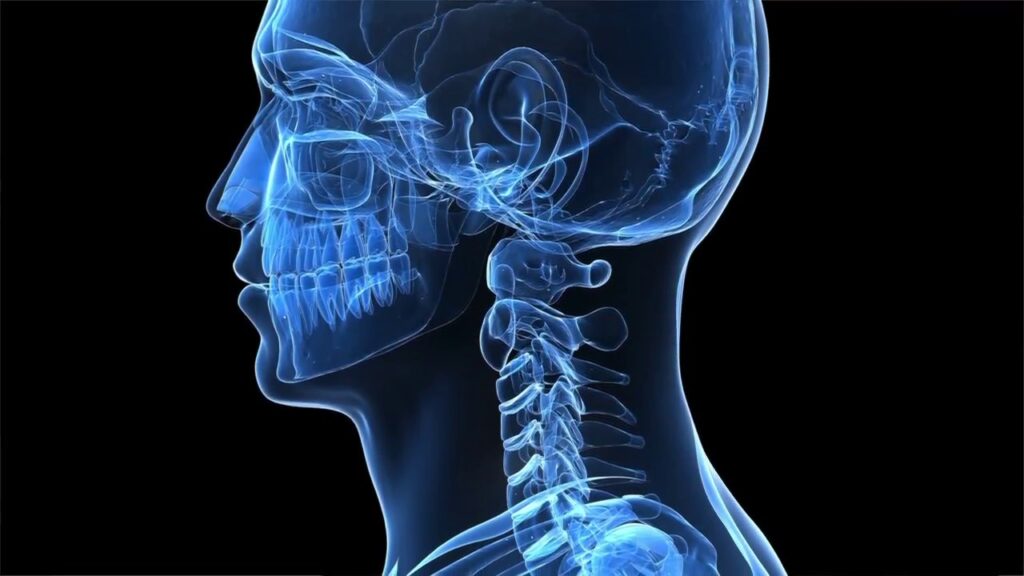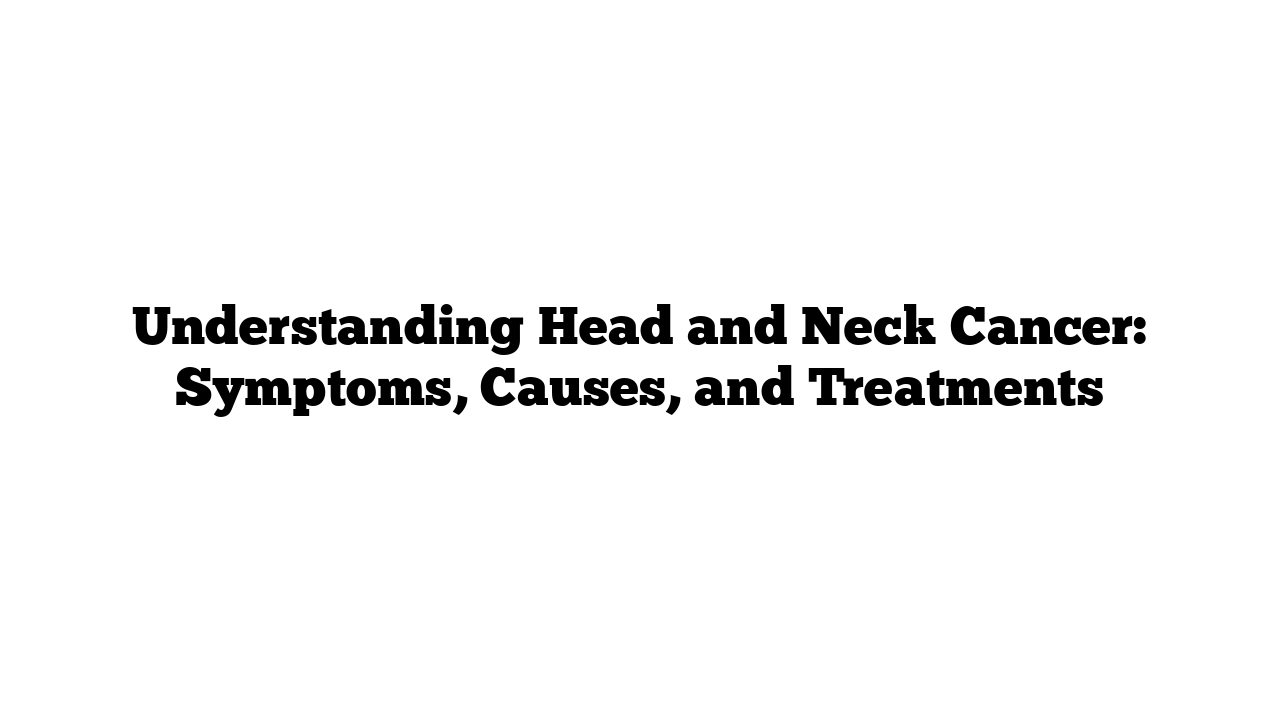Head and Neck Cancer: A Comprehensive Guide
Head and neck cancer refers to a group of cancers that develop in the throat, mouth, nose, and nearby regions. These cancers can be life-changing, but early detection and treatment significantly improve outcomes. In this article, we’ll explore the causes, symptoms, treatments, and prevention tips for head and neck cancer, written with clarity and from a doctor’s perspective.

What Is Head and Neck Cancer?
Head and neck cancer encompasses malignant tumors that originate in the tissues of the head or neck, excluding the brain and spine. These cancers most commonly occur in:
- The oral cavity: Lips, gums, tongue, roof of the mouth.
- Pharynx: Throat, including the nasopharynx, oropharynx, and hypopharynx.
- Larynx: Voice box.
- Salivary glands: Though rarer, cancer can develop in the glands producing saliva.
Types of Head and Neck Cancer
Each type of head and neck cancer is named based on its location. Here’s a breakdown:
- Oral Cancer: Found in the lips, gums, or tongue.
- Throat Cancer: Includes the pharynx and larynx.
- Nasal Cavity and Paranasal Sinus Cancer: Develops in or around the nose.
- Salivary Gland Cancer: Affects salivary glands but is less common.
Causes and Risk Factors
The main causes of head and neck cancer often involve lifestyle factors, though genetics can also play a role.
Common Risk Factors
- Tobacco use: Smoking or chewing tobacco significantly increases the risk.
- Alcohol consumption: Heavy drinking combined with tobacco use poses a higher risk.
- Human Papillomavirus (HPV): A major contributor to oropharyngeal cancers, particularly in the USA.
- Sun exposure: Can lead to lip cancers.
- Poor oral hygiene: Chronic neglect of oral health may lead to cancers in the oral cavity.
- Occupational exposure: Workers exposed to asbestos or certain chemicals are at higher risk.
Symptoms of Head and Neck Cancer
Early symptoms can be subtle, so awareness is vital. Watch for these signs:
- A persistent sore throat or hoarseness.
- Unexplained lumps in the neck or jaw.
- Difficulty swallowing or breathing.
- Chronic nasal congestion or nosebleeds.
- White or red patches in the mouth.
- Ear pain without an infection.
If you experience these symptoms, especially if they persist for more than two weeks, consult a doctor immediately.
Diagnosis and Screening
Diagnosing head and neck cancer involves:
- Medical History Review: A doctor will discuss your symptoms, lifestyle habits, and family history.
- Physical Examination: Checking for lumps, swelling, or abnormalities.
- Imaging Tests: CT scans, MRIs, or PET scans to locate tumors.
- Biopsy: Removing tissue for laboratory analysis to confirm cancer.
Treatment Options for Head and Neck Cancer
The treatment depends on the cancer’s location, size, and stage.
1. Surgery
Surgical removal of tumors is often the first line of treatment, especially in localized cancers. Advanced techniques minimize damage to nearby tissues.
2. Radiation Therapy
Radiation uses high-energy beams to destroy cancer cells. This method is common for throat and nasal cancers.
3. Chemotherapy
Medications kill or stop the growth of cancer cells. Often combined with radiation for aggressive cancers.
4. Targeted Therapy
Drugs target specific cancer cell proteins, sparing healthy cells.
5. Immunotherapy
Boosts the immune system to recognize and attack cancer cells.
Living with Head and Neck Cancer
A cancer diagnosis can feel overwhelming, but there’s hope. Early treatment often leads to successful outcomes. Rehabilitation, including speech therapy and nutritional guidance, plays a vital role in recovery.
Preventing Head and Neck Cancer
While you can’t eliminate all risks, these tips can reduce your chances:
- Quit smoking and avoid all forms of tobacco.
- Limit alcohol intake.
- Practice safe sex to reduce HPV risks.
- Maintain good oral hygiene.
- Wear sunscreen on your face and lips.
- Stay informed about vaccinations like the HPV vaccine.
Head and Neck Cancer in the USA
In the USA, HPV-related throat cancers are increasing. Regular screenings and vaccination programs are highly recommended to address this rising concern. Organizations like the American Cancer Society provide excellent resources for patients and caregivers.
For more detailed advice, visit medicaltimes.io for trusted health tips and insights.
Top 10 FAQs About Head and Neck Cancer
1. What is the most common type of head and neck cancer?
Squamous cell carcinoma, which affects the mucosal lining of the head and neck, is the most common.
2. How is head and neck cancer staged?
It’s staged based on the tumor’s size (T), lymph node involvement (N), and metastasis (M).
3. Is head and neck cancer curable?
Yes, especially when detected early.
4. Can HPV cause head and neck cancer?
Yes, HPV is a significant cause of oropharyngeal cancers.
5. How can I lower my risk of this cancer?
Avoid tobacco and alcohol, get vaccinated against HPV, and practice good oral hygiene.
6. Are there support groups for patients?
Yes, many organizations like the American Cancer Society offer support.
7. Can diet influence recovery?
Yes, a balanced diet helps improve recovery and overall health.
8. What are the side effects of treatment?
Side effects vary but may include fatigue, dry mouth, and changes in taste or speech.
9. Who should I consult for symptoms?
Visit an ENT specialist or oncologist for evaluation.
10. Are head and neck cancers hereditary?
While rare, family history may increase your risk.
